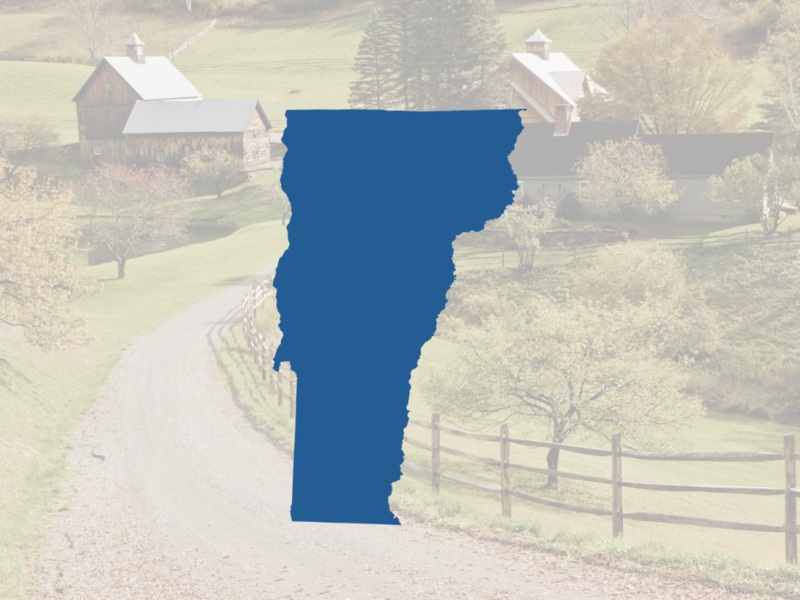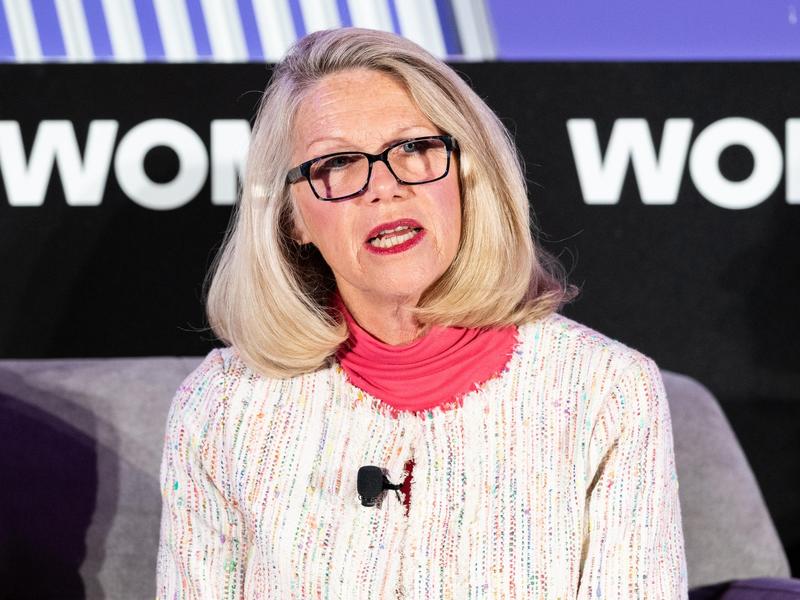
For obvious reasons, little else is discussed in the world of politics these days other than the coronavirus and the $2 trillion emergency rescue package that the Senate passed early Thursday morning. But I’d like to focus on one element of the story: the uptick in President Trump’s overall job-approval ratings, as well as a big boom in the public’s assessment about his handling of the pandemic.
The increase in Trump’s overall approval ratings is small and still pretty much inside each poll’s margin of error—well within his trading range for the 38 months he has been in office. The RealClearPolitics and FiveThirtyEight poll averages each have him 1 point above his previous highs, at 47 and 45 percent, respectively.
The name-brand polls still have him within his preexisting range. The March 21-24 Fox News poll released Thursday night showed Trump up just a point from late last month, but at 48 percent (51 percent disapproving) it matched the highest of his presidency in Fox polling. The previous high came in February 2017, just weeks into his term in office. Gallup also had Trump matching his best number yet in their poll, at 49 percent. He had been at that level in late January and early February, then dropped down to 44 percent in early March before his recent 5-point hike.
What is behind this real, albeit small, increase? For starters, presidents usually enjoy a “unity bump” during a crisis. President Kennedy even had a small jump after the 1961 Bay of Pigs fiasco in Cuba. After the initial increase, however, the numbers are then driven by an assessment of the president’s performance.
But is there something else? Two weeks ago, the president was presenting a case study on how not to handle a crisis. Topping the credibility list was Dr. Anthony Fauci, as well as others in the medical and scientific communities. Almost as high were state and local governments. Trump’s credibility in the Fox News poll was 26 points below Fauci’s, and 22 and 21 points below local and state governments, respectively. At White House briefings, it seemed that Fauci and other experts were there as props as much as for their expertise.
Trump had been dismissive of the severity of the growing crisis, saying things that would make any Democratic ad maker salivate.
Around the weekend of March 14-15, however, something happened. Trump suddenly seemed to understand that this was a threat to his presidency. He had banked on the economy being the centerpiece of his reelection campaign, and it was becoming a huge liability.
At the same time, the crisis had quickly moved over the past two weeks to the top of people’s radar screens. They were hungry for COVID-19 news and TV news ratings shot up. Republican pollster Bill McInturff said his firm’s interviewers were reporting that no matter what the survey was about, respondents wanted to talk about the coronavirus and how it was affecting their lives.
While Trump’s language and manner were still clumsy and evoked plenty of winces, he was finally headed the right direction—and people noticed. He became a presence on people’s TV sets with daily briefings from the White House, dominating the airwaves just as he did during the 2016 election when he received so much more coverage than all of the other candidates. The White House found that quantity and quality amounted to the same thing.
Trump’s base was always with him, no matter what. But among others, there was a sense of relief that he finally was taking this virus seriously.
Interestingly, his ratings on how he’s handling the crisis and the economy improved, even among some that disapproved of his overall job as president. They were willing to reward him; after all, better late than never. But some polling shows that among the slice of people who approve of Trump’s handling of the coronavirus but disapprove of his overall performance, they back Joe Biden over Trump by an astronomical margin. They give him some credit for coming around on the virus, but they haven’t forgiven him for other transgressions.
What next? Trump’s anxiousness over the past couple of days to get people back to their jobs, back to school, back to spending money by Easter Sunday is a huge mistake. It flies in the face of the consensus of virtually the entire medical and scientific community, potentially jeopardizing any benefit received from people hunkering down and sheltering in place. It’s not hard to imagine this unspeakable situation getting far worse. But for Trump, it would also immediately put him on a collision course with Fauci and other experts, who have far more credibility on this than he does. In the new Fox poll, 77 percent of voters approved of the job that Fauci was doing handling the crisis, 26 points above Trump’s 51 percent.
So why is he doing this? The straightforward answer is that it is consistent with his own philosophy, experts be damned. A more Machiavellian theory might be that he is setting himself up to blame Fauci, the rest of the medical and scientific communities, and of course Democrats for the country going into an economic tailspin. You can almost hear him say: “I wanted to get people back to work, to get the economy moving again, but those who wanted to sabotage my reelection campaign, who wanted to beat me, kept me from doing it; that’s why we are in this fix.”
When Kellyanne Conway used the phrase “alternative facts,” it created an uproar. Had she said, “alternative narrative,” that would have been more accurate. Trump and his advisers have been very good at creating their own narrative, no matter how implausible it might be for others to grasp, that keeps those who believe in him on board. Because so many Republicans, conservatives, and other Trump supporters distrust the media so much, creating an alternative narrative is possible and even effective. Maybe it will work. Maybe.
This story was originally published on nationaljournal.com on March 27, 2020









Subscribe Today
Our subscribers have first access to individual race pages for each House, Senate and Governors race, which will include race ratings (each race is rated on a seven-point scale) and a narrative analysis pertaining to that race.